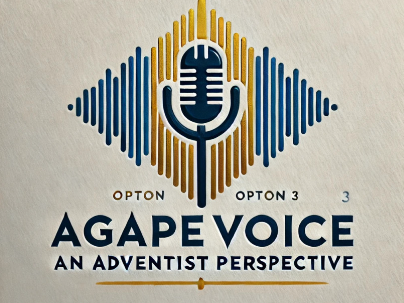
Understanding the Cost of Sin: A Deeper Look at the Cross
The cross stands as one of Christianity's most profound symbols, representing sacrifice, redemption, and the cost of sin. For members of the Seventh-day Adventist (SDA) faith community, exploring the theological significance of the cross invites reflection on core beliefs regarding salvation and the nature of Jesus' sacrifice. In an analysis by Tammy L. Weise, titled "The Cost of Sin: Reconstructing What Happened at the Cross," the emphasis is placed on understanding not just what happened at Calvary, but how it shapes our understanding of God’s love and justice.
The Historical Context of the Crucifixion
The crucifixion of Jesus occurred during a tumultuous period in Jewish history under Roman rule. Understanding this backdrop enhances our appreciation of the events leading to the cross. The political unrest and expectation of a messianic savior created an environment where Jesus’ ministry was both revolutionary and dangerous. This nuance is crucial as it sheds light on the terms and notions of sacrifice prevalent in first-century Judea, helping modern believers discern the full impact of Jesus' death.
Connecting the Cost of Sin to Personal Faith
The concept of sin is often abstract, but Weise’s article invites believers to connect this doctrine to their individual faith journeys. For Adventists, the acknowledgment of sin is not just a theological stance but also an avenue for personal reflection and growth. Understanding that every sin incurs a cost emphasizes the need for repentance and the beauty of grace offered through Christ’s sacrifice. This realization nurtures a sense of accountability and encourages a deeper relationship with God.
The Role of Humanity in the Narrative of Redemption
Humanity plays a pivotal role in the narrative of redemption, as highlighted in Weise’s insights. The sacrifice of Jesus reflects not only God’s love but also humanity’s estrangement from Him due to sin. This relationship lies at the heart of Christian theology. It challenges believers to contemplate how their actions impact their connection with God and with each other, underlining the importance of community within the SDA faith.
Counterarguments: Diverse Perspectives on the Cross
It's essential to acknowledge divergent theological views on the significance of the cross. Some argue for a more symbolic interpretation of Jesus' sacrifice, while others emphasize its literal implications for salvation. Weise's discourse encourages an exploration of these perspectives within the SDA community, promoting dialogue that strengthens faith rather than dividing it.
Future Insights: The Cross in Modern Christianity
As society evolves, so too does the interpretation of the cross within contemporary Christianity, including in the SDA faith community. Future generations of Christians will need to reconcile traditional beliefs with modern societal values. By examining the cost of sin through an informed lens, believers may find ways to articulate their faith effectively amidst ongoing cultural shifts.
Practical Insights: How to Live the Message of the Cross
Understanding the cost of sin and the message of the cross can significantly impact daily living. Believers are encouraged to embody principles derived from Christ's sacrifice—love, service, and forgiveness. This focus shapes actions within the church and community, fostering an environment where grace and redemption are actively practiced.
In conclusion, Tammy L. Weise’s exploration of the events surrounding the cross offers rich insights that resonate deeply within the SDA faith community. As members continue to wrestle with the complexities of sin and salvation, the invitation remains to engage thoughtfully with these profound truths. Embracing the cost of sin not only cultivates personal growth but also fortifies collective faith, reminding believers of the transformative power of Christ’s love.
 Add Row
Add Row  Add
Add 




 Add Row
Add Row  Add
Add 


Write A Comment